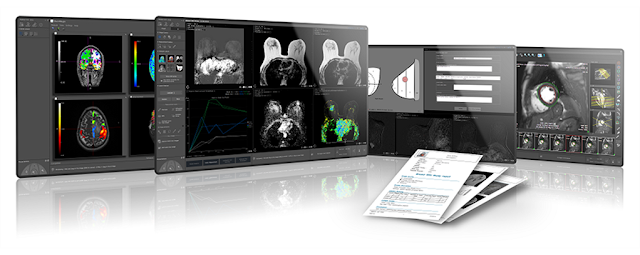Breaking the Barriers: How Open PACS is Empowering Doctors and Improving Patient Care!
In the world of medical imaging, the
ability to efficiently access and share patient images is crucial for effective
diagnosis and treatment. Open Picture Archiving and Communication Systems
(PACS) have emerged as a solution to this challenge. In this blog post, we will
explore the concept of open PACS, its benefits, and how they are transforming healthcare.
So, let's dive in and gain a deeper understanding of this innovative
technology.
What is an open PACS?
An open PACS is a digital system
that allows healthcare providers to store, access, and share medical images and
related patient information within a healthcare network. Unlike closed or
proprietary systems, open PACS are built on non-proprietary standards, making
it easier to integrate with other healthcare IT systems and facilitate
interoperability.
How does an open PACS work?
Open PACS consists of three main
components: an image acquisition system, an image storage system, and a viewing
or review station. The image acquisition system captures medical images from
various modalities, such as X-rays, MRIs, or CT scans. These images are then
securely stored in a centralized image storage system. Finally, healthcare
professionals can access and review the images from a viewing station, which
may be located at different physical locations within the healthcare network.
What are the benefits of open PACS?
- Improved accessibility: Open PACS
enables healthcare providers to access patient images from anywhere within the
network, which is essential for timely diagnosis and treatment.
- Enhanced collaboration: By
allowing multiple healthcare professionals to access and review images
simultaneously, open PACS facilitates collaboration among radiologists, physicians,
and specialists, leading to better patient outcomes.
- Cost-effective: Open PACS
eliminate the need for physical film storage and reduces the expenses
associated with printing, storing, and transporting images.
- Interoperability: Open PACS use industry-standard protocols, enabling seamless integration with other healthcare IT systems, such as electronic health records (EHRs) and radiology information systems (RIS), for a comprehensive patient-centric approach.
How do open PACS contribute to better patient care?
- Faster diagnosis: With open PACS,
healthcare providers can quickly access and review patient images, leading to a
faster and more accurate diagnosis.
- Timely treatment: Open PACS
enables healthcare professionals to share images and collaborate in real-time,
allowing for timely treatment decisions and interventions.
- Improved patient satisfaction:
Open PACS eliminates the need for patients to carry physical films or images
when seeking a second opinion or visiting specialists, enhancing convenience
and reducing anxiety.
Conclusion





Comments
Post a Comment